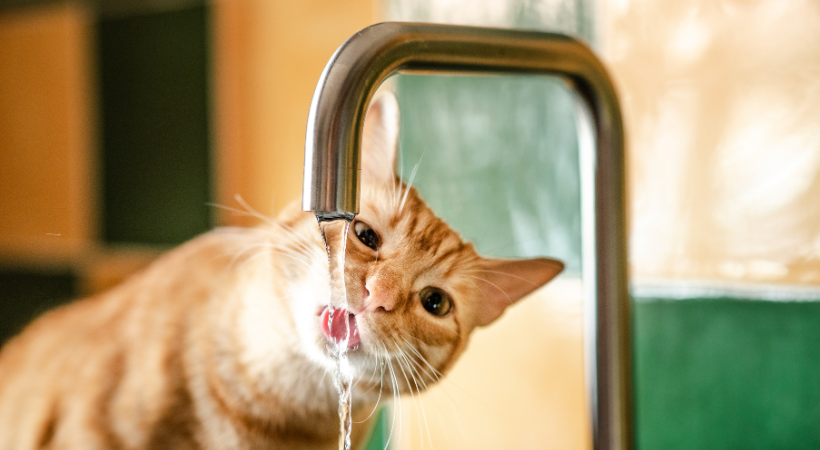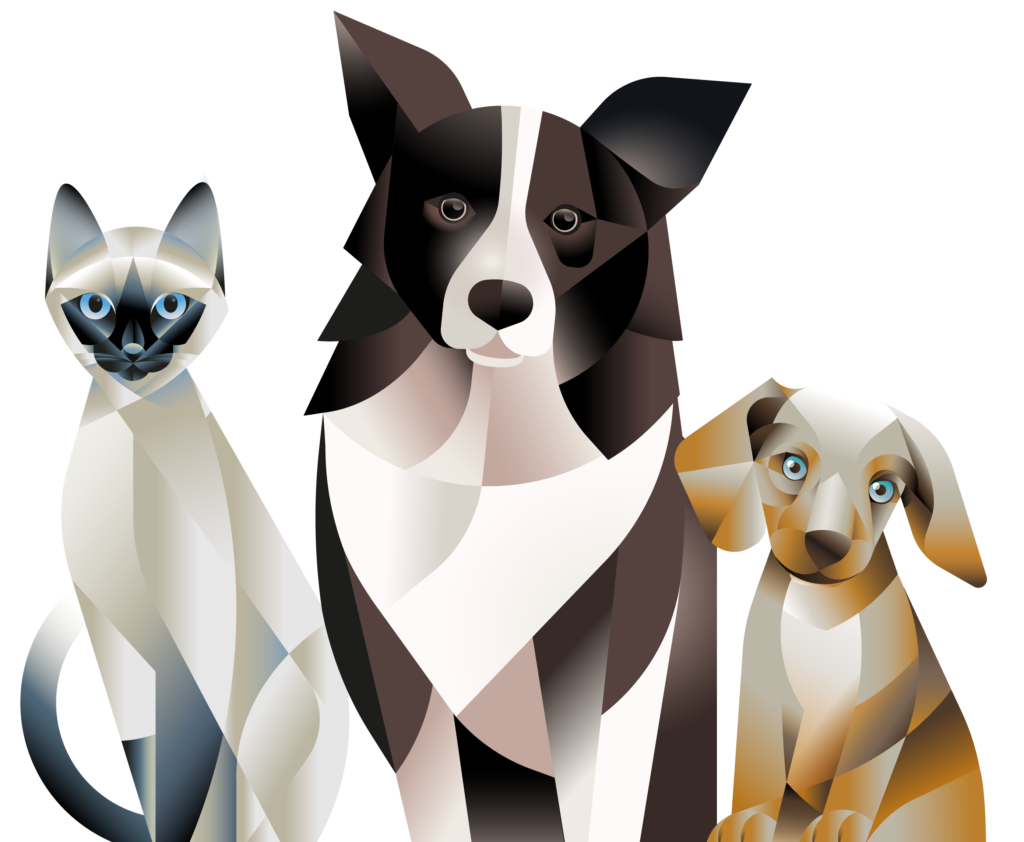Cats: the importance of hydration even in winter
Have you noticed your cat drinks very little from the bowl, especially during winter? Just like us, during the cold season, felines reduce their thirst.
And since by nature they get almost all of their water from food, neglecting their hydration in winter can lead to serious health issues. Fortunately, there are solutions to ensure your kitty gets the right amount of fluids: wet food is essential for your cat’s health.
The Desert Legacy: Why Cats Drink So Little
Our domestic cats have inherited a particular trait from their African desert ancestors: a reduced sensation of thirst. This evolutionary peculiarity translates into a behavior we observe daily, as cats naturally tend to drink very little from their bowl.
But how much should a healthy cat drink? On average, 55–60 ml of water per day per kg of body weight. This means that a 4 kg cat should take in between 220 and 240 ml of water per day, counting both the water they drink and the moisture in their food.
Signs of Cat Dehydration: How to Recognize Them
Not sure if your furry friend is drinking enough? First, you can check how quickly the water in their bowl runs out, keeping in mind that some of it, especially in hotter seasons, evaporates. Then, watch for the following symptoms of dehydration:
- Loss of skin elasticity (if gently lifted at the scruff, it doesn’t immediately return to place);
- Dry gums, which should normally be pink and moist;
- Sunken, dull eyes;
- Dull coat;
- Dark, concentrated urine;
- Weight loss;
- Loss of appetite;
- Recurrent vomiting;
- Lethargy.
If your cat shows any of these signs, rush to the vet immediately. Never underestimate even vague symptoms, because if they become severe it might be too late.
Have you already taken them to the vet and it turned out to be a false alarm, but their coat is still dull? Discover our secrets to make it shine.
The Risks of Cat Dehydration
Even in the short term, dehydration can cause discomfort for cats, but in the medium and long term the consequences can be very serious. Chronic low hydration – typical in cats fed exclusively with dry food – significantly increases the risk of:
- Kidney stones;
- Cystitis;
- Urinary tract infections;
- Chronic and potentially fatal kidney disease.
According to data published by Il Fatto Veterinario, 30–50% of cats over 10 years old suffer from chronic kidney disease: a clear reminder of the importance of prevention and proper nutrition for feline well-being.
How to Prevent Dehydration in Cats
How can you keep your cat hydrated in winter and throughout the year? By using two strategies simultaneously:
- Paying close attention to their diet;
- Encouraging them to drink from the bowl using specific water fountains.
While the latter can be easily found in pet stores, a diet designed with hydration in mind should always follow the advice of veterinary nutritionists. It’s quite common to hear self-styled “experts” claim that an all-dry food diet for cats is acceptable.
Are you considering a homemade diet? Read our in-depth guide on the topic.
Wet Cat Food: Benefits and Feeding Guidelines
The benefits of wet food for cats are numerous. Here are the main ones:
- If grain-free, it’s the closest thing to what felines would naturally eat;
- It contains about 70–80% water, ensuring proper hydration when fed exclusively, and improving it when combined with dry food;
- It helps cats already suffering from kidney disease better cope with their condition.
If your cat mainly eats kibble, we recommend gradually introducing wet food into their diet until it makes up at least 50–60% of their meals.
Remember: for cats with kidney problems, wet food should make up 90–100% of their diet.
Important: Every gram of dry food equals about 3 grams of wet food. If your cat’s daily need is 80 g of kibble, for example, that equals about 240 g of wet food. If you want to feed 50% wet food, you should offer 40 g of dry and 120 g of wet food daily.
Not sure which dry food to choose for your cat? Read our guide.
Best Wet Food for Cats
Are you looking for high-quality wet food for your furry friend and don’t know where to start?
First, choose complete formulas that can be fed daily. Complementary formulas, while sometimes of high quality, cannot meet all nutritional needs as they lack essential additions (e.g., taurine).
Then, pick products from companies that exclude grains and legumes and that specify not only the quantity and source of the meat but also its exact type (e.g., “chicken meat: 40% heart and offal,” etc.). Whenever possible, choose producers that use Italian-made meats intended for human consumption and not industrial by-products.
Not sure how to read pet food labels? Read our guidelines.
Naxos PetFood Wet Cat Food
Finding a wet food with all these qualities isn’t easy. That’s why we decided to make a difference and create a line of complete wet cat food to satisfy even the pickiest felines. Our formulas are:
- Tailored to specific needs (kitten, sterilized, monoprotein);
- Varied in composition (tuna & chicken, pork & veal, chicken & quail, veal & whitefish, veal & pork, chicken & turkey, oily fish, pork, tuna, chicken & duck);
- Made with 100% Italian ingredients intended for human consumption;
- Enriched with valuable superfoods that support pet health, such as pomegranate for its antioxidant properties, spirulina algae to optimize immune function and maintain healthy gut microbiota balance, and salmon oil as a natural source of Omega-3s;
- High in biologically valuable protein;
- Grain-free.
Try them now and see the benefits for your cat. Find out where to buy them, online or near you.


